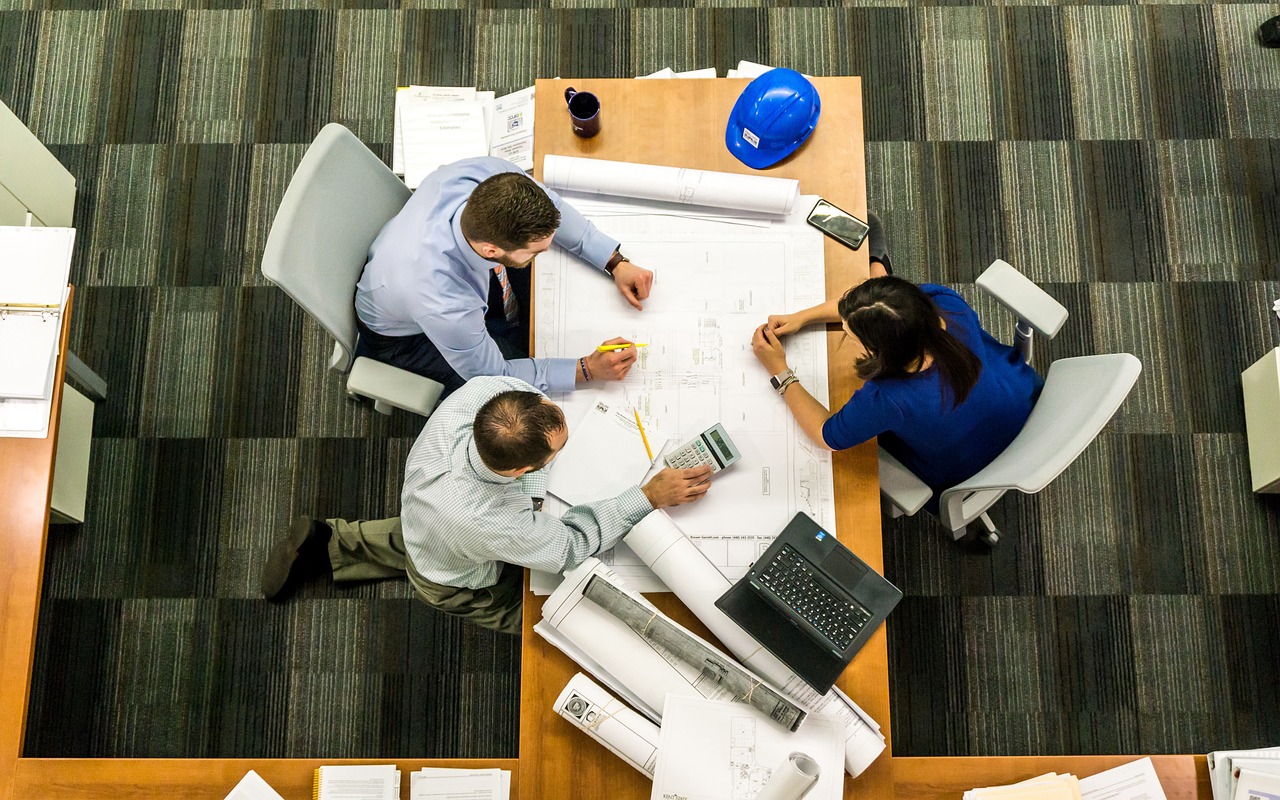Ergonomics have revolutionised the modern workplace, shifting the focus to comfort and health alongside productivity. Innovations in this field have transformed the way we interact with our work environment, from chairs to desks, ensuring each element contributes positively to our well-being. This article delves into various ergonomic advancements, highlighting how they enhance comfort levels and support a healthier, more productive work culture.
Evolution of Ergonomic Office Chairs
The evolution of ergonomic office chairs marks a significant milestone in workplace comfort. From the traditional static designs, offices have moved to chairs that support natural spine alignment and encourage dynamic sitting. These modern chairs come equipped with adjustable features like lumbar support, armrests, and seat depth, catering to individual needs and reducing the risk of back pain.
They are designed not just for comfort but for promoting good posture, a crucial aspect often overlooked in busy work environments. As many office workers spend considerable hours seated, the importance of a well-designed ergonomic chair cannot be overstated in its role in enhancing overall health and productivity at work.
Sit-Stand Office Desks: A Game Changer
The integration of sit-stand desks in the workplace offers a practical solution to the challenges of sedentary office life. Having a sit-stand office desk provides employees with the flexibility to switch between sitting and standing positions, which is essential for physical health and comfort.
This adaptability addresses issues like back pain and fatigue associated with prolonged sitting. Moreover, the choice to stand while working can boost alertness and productivity, making these desks a significant ergonomic innovation. Their presence in the office signifies a commitment to employee well-being, marrying comfort with efficiency in a modern work setting.
Keyboard & Mouse Design Innovations
Ergonomic innovations extend to keyboards and mice, significantly impacting day-to-day comfort and efficiency in work life and business. Modern ergonomic keyboards are designed to reduce strain on the wrists and hands, following a more natural hand position. Similarly, ergonomic mice are shaped to support the natural curve of the hand, preventing repetitive strain injuries like carpal tunnel syndrome.
These design changes are not just about comfort; they are about maintaining long-term health and ensuring consistent productivity. By reducing the physical stress of typing and clicking, these ergonomic tools play a critical role in a well-equipped, health-conscious office environment.
Ergonomic Solutions for Monitor Placement
Proper monitor placement is a crucial aspect of ergonomic office design, directly impacting eye health and reducing the risk of neck strain. The advent of ergonomic monitor arms and stands has allowed for greater flexibility in positioning screens at the optimal height and angle. This adjustability ensures that the top of the monitor is at or just below eye level, reducing the need for constant head tilting.
It’s not just about positioning; these solutions also help in managing screen glare, which can lead to eye fatigue. By prioritising ergonomic monitor placement, workplaces can significantly enhance visual comfort and prevent posture-related discomfort, contributing to a more productive and healthy office environment.
Innovative Flooring Solutions
In small office spaces, the flooring often gets overlooked, yet it plays a significant role in comfort and ergonomics. Innovative flooring solutions like anti-fatigue mats provide a cushioned surface, which is beneficial for those who stand for long periods, especially at standing desks. These mats help reduce leg and foot discomfort and prevent fatigue, contributing to overall energy levels and comfort throughout the workday.
Additionally, ergonomic flooring options, designed to reduce strain and impact on the joints, can be a worthwhile investment for offices where mobility and standing activities are frequent. Incorporating these flooring solutions into the office design not only boosts comfort but also underscores a commitment to a holistic approach to workplace well-being.
Ergonomic Workspace Accessories
In addition to the primary furniture, ergonomic workspace accessories play a vital role in enhancing overall comfort and reducing strain. Items such as wrist rests for keyboard and mouse users can prevent strain injuries, while footrests aid in maintaining proper posture when seated. Lumbar supports for chairs are also crucial for back health, especially for those spending long hours at their desks.
These accessories may seem small, but their impact on daily comfort and long-term health is significant. Incorporating these ergonomic enhancements into a workspace shows a dedication to not only the functionality but also the well-being of employees, creating a more comfortable and sustainable work environment.




